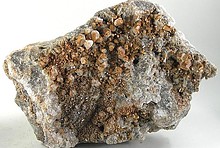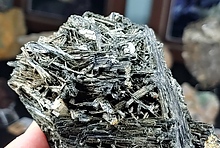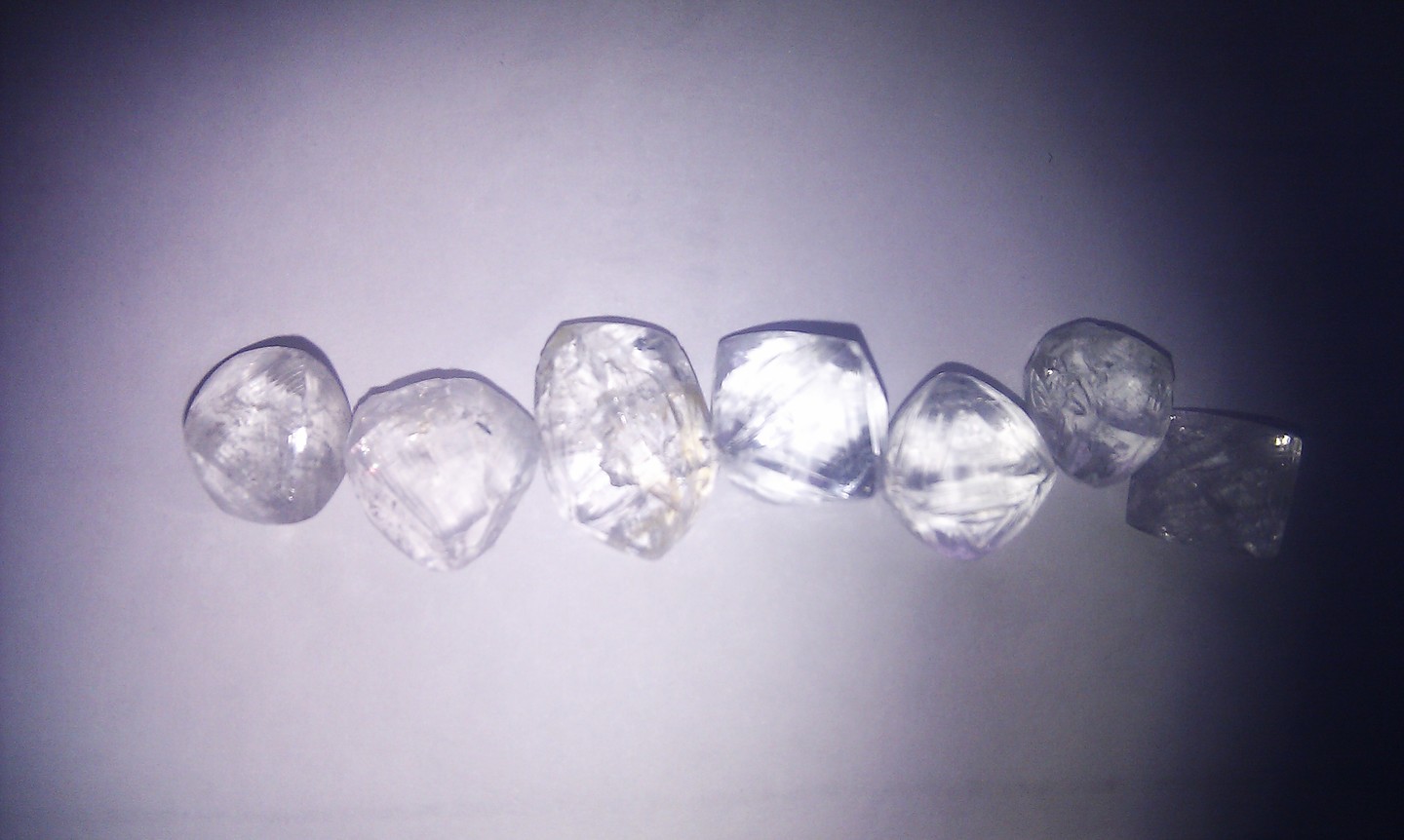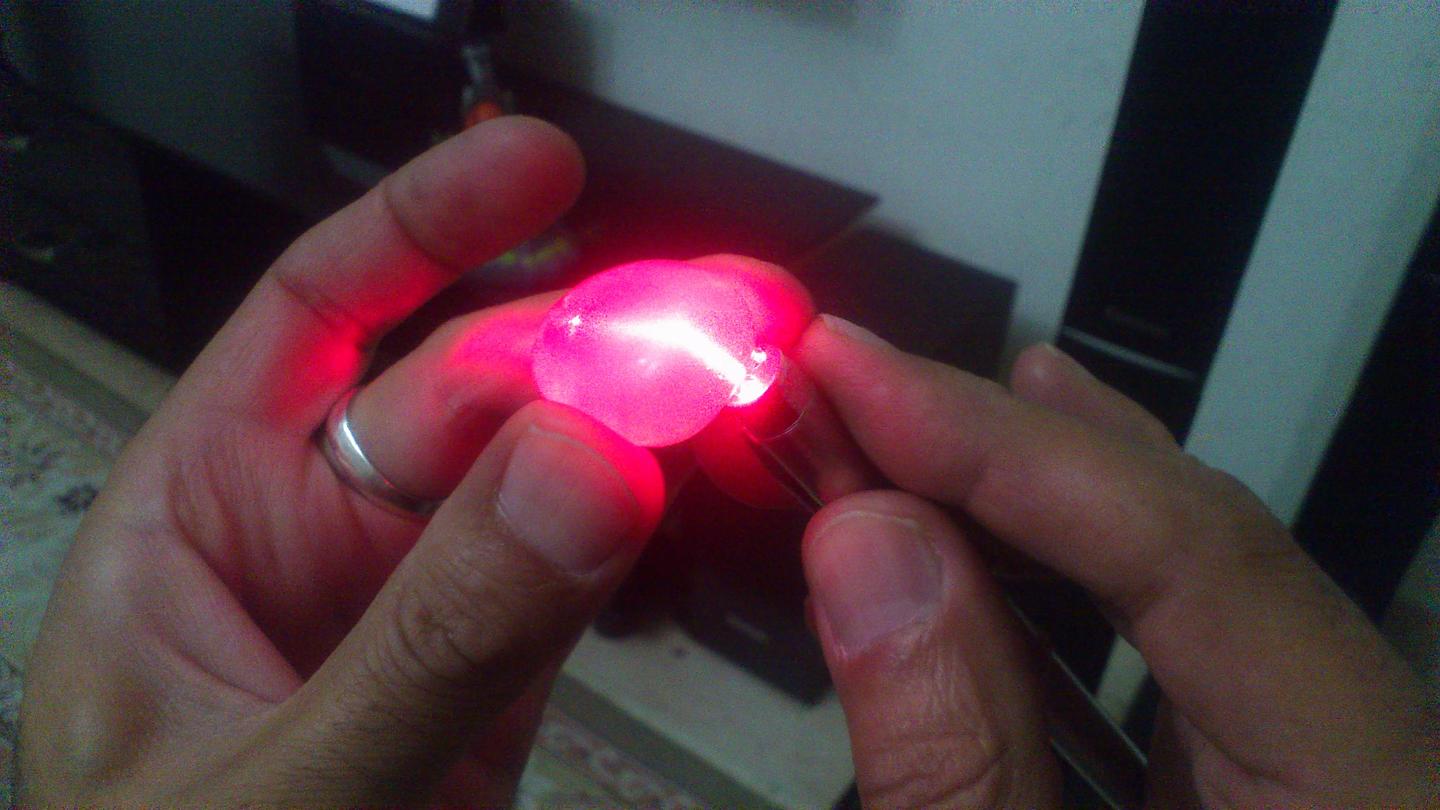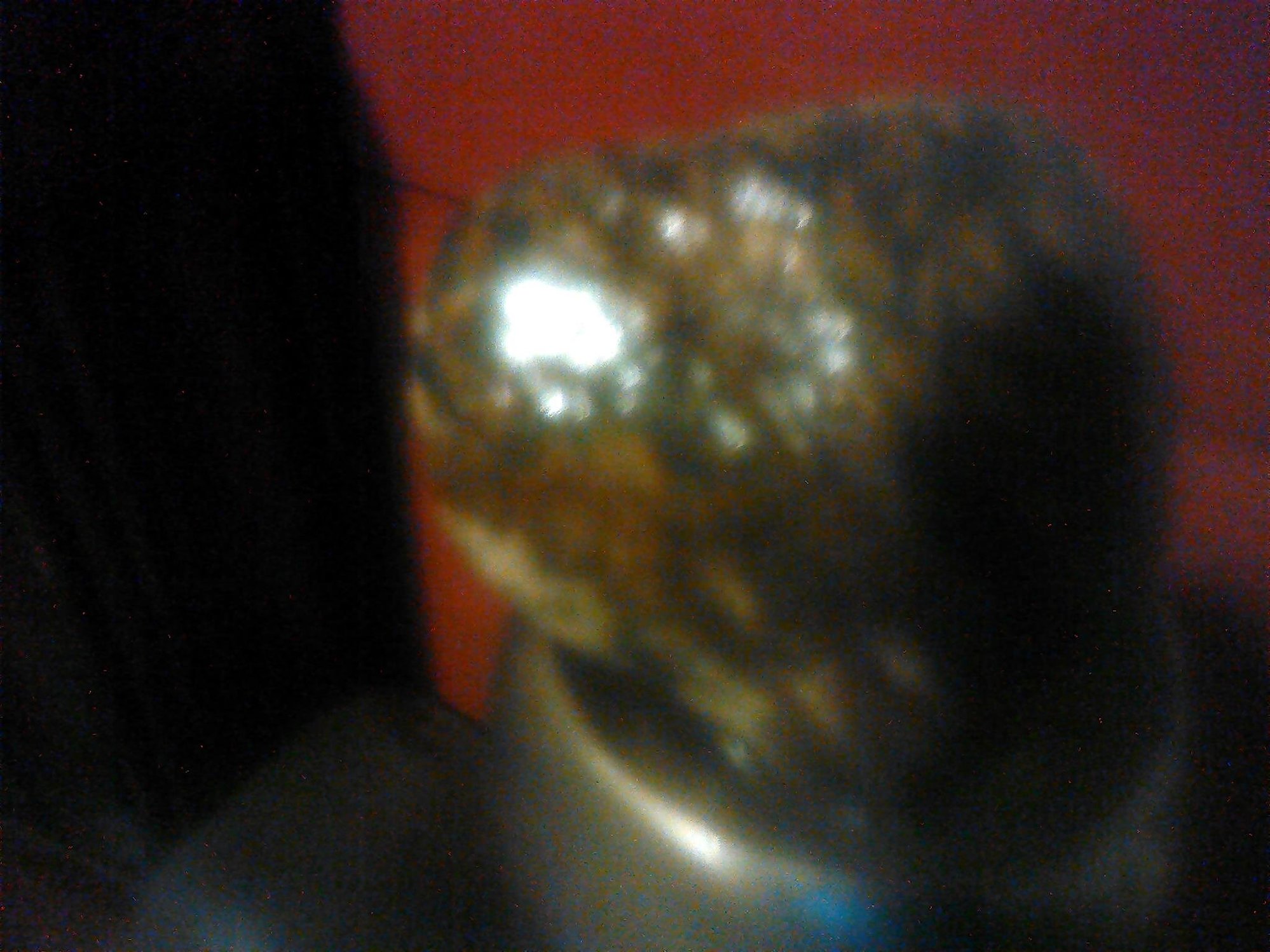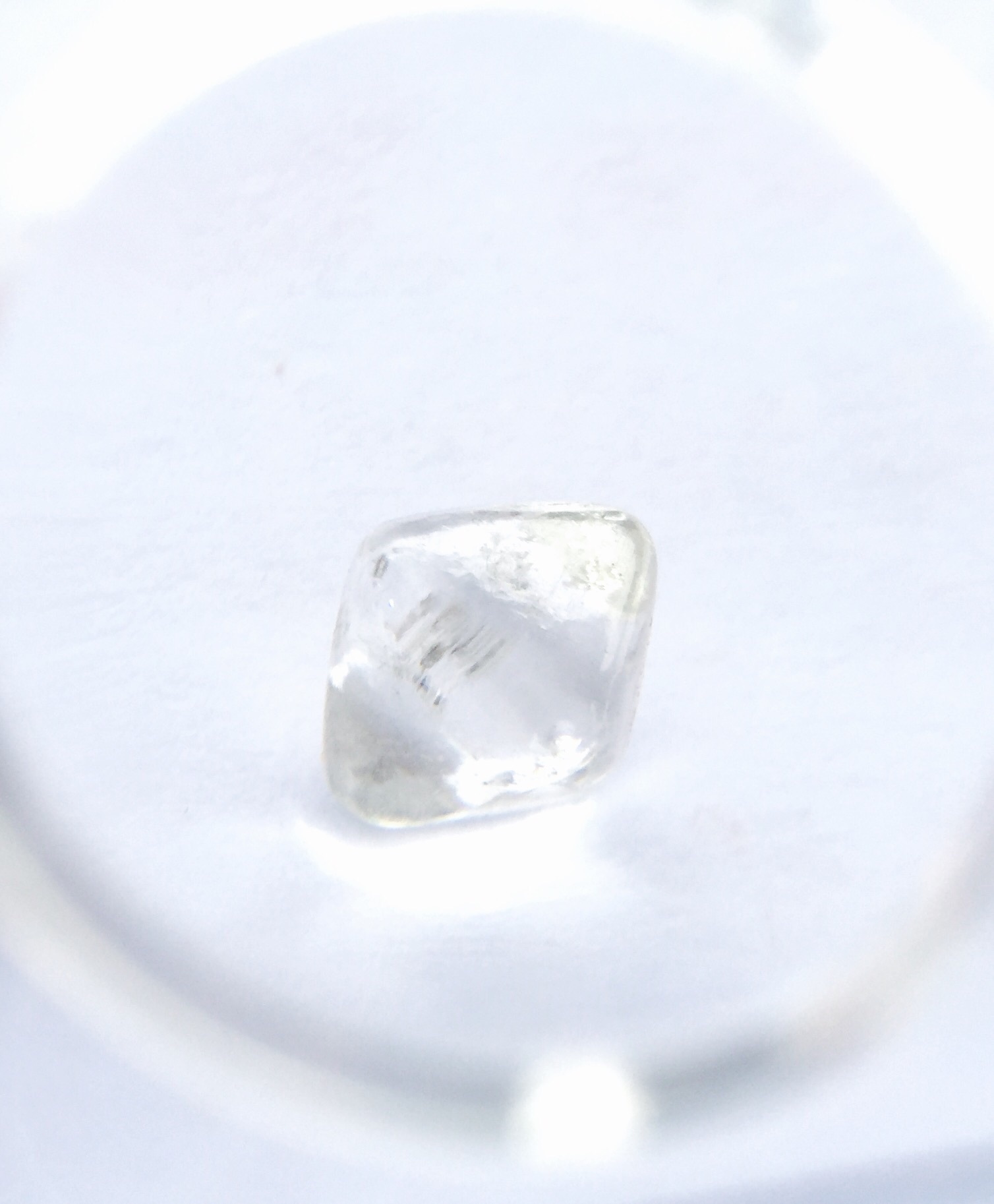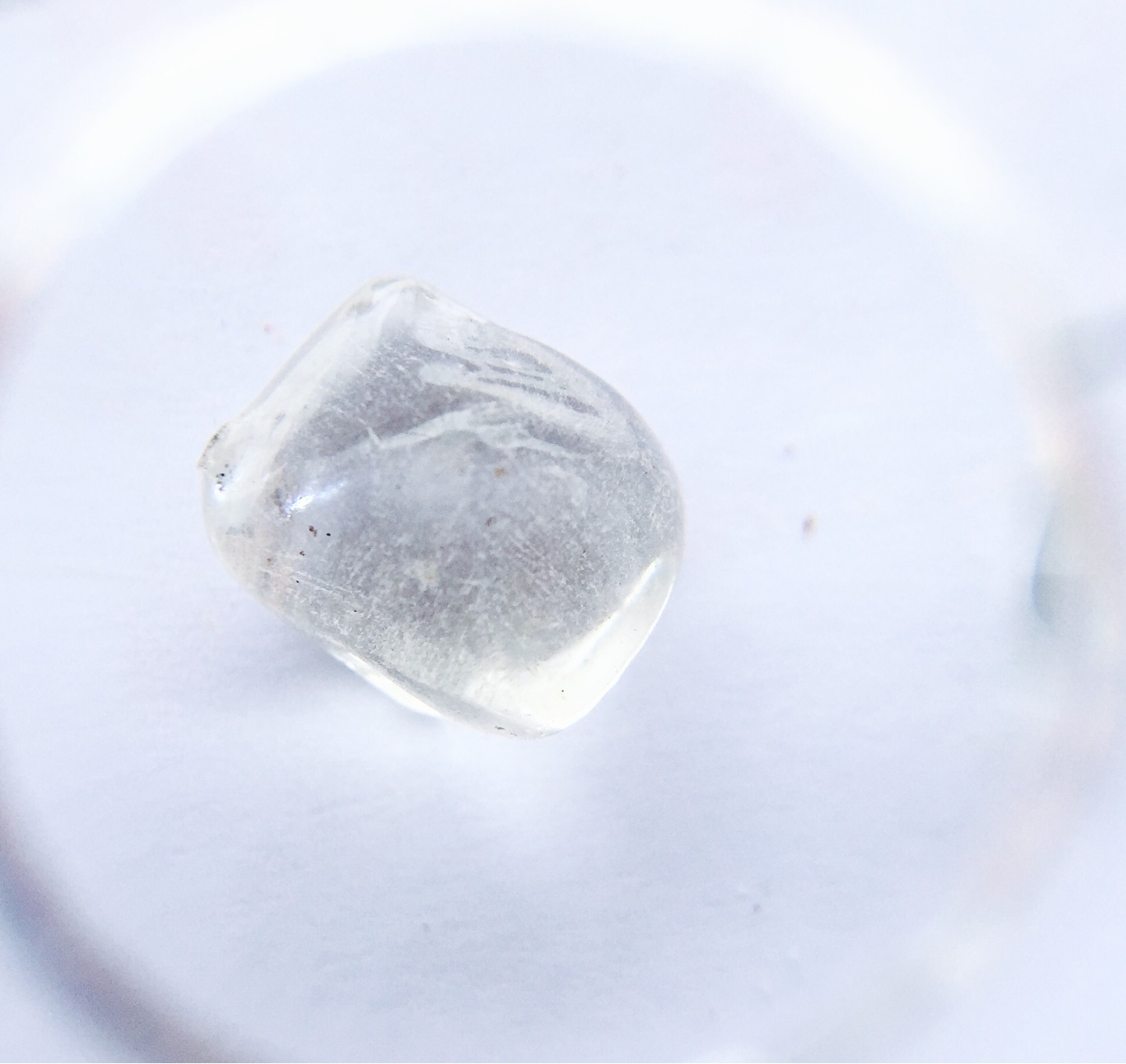Home PageAbout MindatThe Mindat ManualHistory of MindatCopyright StatusWho We AreContact UsAdvertise on Mindat
Donate to MindatCorporate SponsorshipSponsor a PageSponsored PagesMindat AdvertisersAdvertise on Mindat
Learning CenterWhat is a mineral?The most common minerals on earthInformation for EducatorsMindat ArticlesThe ElementsThe Rock H. Currier Digital LibraryGeologic Time
Minerals by PropertiesMinerals by ChemistryAdvanced Locality SearchRandom MineralRandom LocalitySearch by minIDLocalities Near MeSearch ArticlesSearch GlossaryMore Search Options
The Mindat ManualAdd a New PhotoRate PhotosLocality Edit ReportCoordinate Completion ReportAdd Glossary Item
Mining CompaniesStatisticsUsersMineral MuseumsClubs & OrganizationsMineral Shows & EventsThe Mindat DirectoryDevice SettingsThe Mineral Quiz
Photo SearchPhoto GalleriesSearch by ColorNew Photos TodayNew Photos YesterdayMembers' Photo GalleriesPast Photo of the Day GalleryPhotography
╳Discussions
💬 Home🔎 Search📅 LatestGroups
EducationOpen discussion area.Fakes & FraudsOpen discussion area.Field CollectingOpen discussion area.FossilsOpen discussion area.Gems and GemologyOpen discussion area.GeneralOpen discussion area.How to ContributeOpen discussion area.Identity HelpOpen discussion area.Improving Mindat.orgOpen discussion area.LocalitiesOpen discussion area.Lost and Stolen SpecimensOpen discussion area.MarketplaceOpen discussion area.MeteoritesOpen discussion area.Mindat ProductsOpen discussion area.Mineral ExchangesOpen discussion area.Mineral PhotographyOpen discussion area.Mineral ShowsOpen discussion area.Mineralogical ClassificationOpen discussion area.Mineralogy CourseOpen discussion area.MineralsOpen discussion area.Minerals and MuseumsOpen discussion area.PhotosOpen discussion area.Techniques for CollectorsOpen discussion area.The Rock H. Currier Digital LibraryOpen discussion area.UV MineralsOpen discussion area.Recent Images in Discussions
Techniques for CollectorsTools to identify diamonds

20th Jan 2010 21:37 UTCDiane Kniskern

20th Jan 2010 21:43 UTCAlfredo Petrov Manager
Furthermore, the refractometers and thermal conductivity testers that jewellers use are designed for use with polished surfaces; they won't work so well with the rougher surfaces of natural uncut crystals.
21st Jan 2010 00:56 UTCDean Allum Expert
A UV lamp, or the thermal conductivity detectors already attached to your hands are less expensive than the gem meters.
-Dean A.
21st Jan 2010 03:09 UTCMatt Neuzil Expert

21st Jan 2010 09:09 UTCAlessio Piccioni

24th Jan 2010 17:02 UTCDiane Kniskern
Having been at the Crater of Diamonds many times and having seen numerous diamonds found there over the years, I am quite familiar with the appearance of natural diamonds. If I were lucky enough to find something like the 'Easter Sunrise' or the 'Okie Dokie,' I would agree a tester is unnecessary. However, diamond finds of that magnitude are extremely rare at the Crater.
Though I do appreciate your suggestions: most of the finds are far too small to test for coolness with your fingers. Not all diamonds are florescent. Due to the extreme brittleness of genuine diamonds, doing a scratch test could easily shatter them, so it is not recommended. In addition, though some rough diamonds (like Billy Moore's 'Frosty') do have rough surfaces, many have a natural highly polished surface conducive to thermal testing. I also have colored crystals from North Carolina I would like to test.
The Crater's Diamond Discovery Center has wonderful interactive exhibits, demonstrations, and videos, and the staff there does a great job educating the public. Some staff members try to take the time to identify each speck of mineral brought to them, but when it gets busy in the summer, it is nearly impossible for the staff to closely examine all the tiny shining crystals clutched in the sweaty hands of hopeful visitors waiting in line, especially at closing time. It's easy to understand why, after identifying a hundred handfuls of calcite and quartz, a tired staff member might just give a quick glance and say, "Calcite and quartz."
I have several small stones I would like to test which visually appear to be diamonds. They are probably too small to be cut or have much value, but I wouldn't sell them anyway. I would just like to know for sure. I have photos, but don't know to submit them. Alfredo, if you can identify diamonds by sight, please tell me how to get photos to you. Thanks.

24th Jan 2010 22:12 UTCAlfredo Petrov Manager
http://www.mindat.org/index.php/Main_Page
...and then click the line about uploading photos, for instructions.
When you are using Mindat, you should see a button in the top left hand corner of the scren - "My Home Page" - Click on that and your own personal space on Mindat will be accessed (Yours is still empty). You can upload photos, articles, blogs, there.

24th Jan 2010 23:36 UTCDiane Kniskern
25th Jan 2010 14:07 UTCDavid Von Bargen Manager

25th Jan 2010 15:41 UTCDiane Kniskern
The tiny crystals in the attached photos (shown in a 2 & 3/4 inch peanut butter lid) are all about 1/16 inch in diameter. I collected them two weeks ago near Murfreesboro, Arkansas. Do they look like diamonds (though too small to be of value) or just quartz?
PS: What is the best material on which to photograph tiny minerals?

25th Jan 2010 18:07 UTCLachrisha Smith

25th Jan 2010 18:34 UTCDiane Kniskern
I've often wondered if any of the larger diamonds found at the park might be seeded (the ones in the photos sent out in the email newsletter that cause me to drive back to the Crater from Virginia), but I've seen quite a few small ones actually being found, so I know they are there. I found the crystals in my photos outside of the plowed search area. Guess I'll go 'turn the jar over' and see if they fall out of the peanut butter! Diane
25th Jan 2010 21:14 UTCDavid Von Bargen Manager
26th Jan 2010 01:12 UTCJames Christopher
-------------------------------------------------------
> The
> diamonds at crater park could be seeded as well.so
> I have heard. either way ,..study diamond rough
> here on mindat, and remember nothing sticks to a
> diamond and they do feel greasy
Don't diamonds stick to grease?
26th Jan 2010 03:01 UTCSteve Hardinger 🌟 Expert

26th Jan 2010 19:48 UTCDiane Kniskern
21st Apr 2010 09:52 UTCJamey Swisher
A nice hydrostatic specific gravity setup would be far better and more useful for ID'ing gemstones. Especially combined with a refractometer or reflectivity meter.

27th Oct 2011 17:21 UTCFDray

27th Oct 2011 17:41 UTCFDray

27th Oct 2011 18:18 UTCJohn Betts
Any diamonds found at Crater of Diamonds should be certified by the Park Service where they will issue a certificate about the size of a business card verifying that it is a diamond and the weight.
Lastly, almost any jeweler will have a diamond tester that measures thermal conductivity and can distinguish between diamond and simulants. There is no need to buy a tester, just befriend your local jeweler.

23rd Nov 2011 05:15 UTCcascaillou
-diamond crystals glued on kimberlite matrix or into conglomerate (or even man-made conglomerate)
-diamond substitutes (such as topaz or phenacite) being cut in the shape of diamond crystals (with false trigons being carved to make these more convincing)
-if the stone has no identifiable shape, it could be any natural or artificial substitute
-rough diamonds being treated to improve or modify their color (irradiation, hpht annealing, dyeing)
-hpht synthetic diamond crystals (but their geometry is actually a bit different from natural diamond crystals). CVD synthetic diamonds crystals are not a concern as they do not look anything like natural crystals.
the first of identification tools should be your eyes and a 10x jeweller loupe.

20th Aug 2012 17:08 UTCChandra Reddy
I have a rough diamond with irregular shape and it's quite difficult for me to understand whether it is a diamond or natural stone. It is exhibiting full white light when i spotted under a tiny torch. Please advice me in order to find out...
20th Aug 2012 19:45 UTCOwen Lewis
Can you take a a well-focused and sharp picture or two?
It you can just take it to a friendly local jeweller who should be willing to test it with thermal conductivity tester for you.
Or, if you want to DIY (and in addition to testing the thermal conductivity), if the crystal has good clarity, no serious inclusions and you have access to a properly calibrated analytical balance, you can find if specific gravity. Properly done and temperature corrected, you should expect the value to be within the range 3.510 - 3.525. Check whether or not the crystal is isotropic (cubic system) by rotating it in a polariscope. If you have no polariscope, lay the crystal on a laptop screen opened out flat and use a lens from a pair of polaroid spectacles as the analyser.
Neither of the following can help you identify a rough Diamond crystal:
- A total internal reflection refractometer (Diamond is out of range for this instrument type and almost certainly you do not have a surface that is both large enough and flat enough to test.
- Any of the diamond testing/gem testing reflectometers. Almost certainly you do not have a surface that is both large enough and flat enough to test reliably.
As Cascaillou suggests, with some experience of handling rough Diamonds, you can get quite reliable results with just your eyes, a x10 loupe, and a light source balanced for daylight.

25th Aug 2012 22:57 UTCmitch delgado
found these 10 years ago wyoming colorado N.W. border
took to pawn shop used their diamond tester got a faint green light
these were handeled for some time before that
weighed on gold sscale 5.3 and 4.2 grams
i recently took to a jewler, he looked at them with 10 x loupe
he looked them over pretty good
explained the cuts the light refractions shooting outward
he gave me a mineral store in fountain co. to take and have them urther test
what do u think
26th Aug 2012 01:05 UTCOwen Lewis
Try photgraphing them again. Do not place a strong light behind them. Photograph outside in cloudy daylight if possible and if not on a table with a strong white light placed close to the side of the camera or try a flash. Don't get too close; pull back a bit until the stones are sharply focused.
Many pieces of of diamond rough show a complete or partial crystal form but some look more like a water-worn pebble - or even just a broken crystal fragment. Turn the stones under the light, Diamond will show a high light return from any cleavage or fracture, however small. Here are some examples of what Diamond rough can look like - as you see, it's quite varied. These stones are all less that one hundredth of the weight of yours BTW.
Look also at the the 287 photos of Diamonds in the Mindat photo gallery. But be aware that these are mostly specimens of above average quality. You need to look at many to even begin to appreciate the range of differences that can occur and the extremely high lustre that is the common factor to them all when viewed appropriately 'face-to-face).

29th Aug 2012 11:08 UTCmitch delgado
If u are comfortable, would u plz E-mail me - mitchdelg@ymail.com
I have taken some pics , would like u to review

29th Aug 2012 11:38 UTCmitch delgado
Here are 3 new pics , I took pics with the following:
1. 5 dollar magnifer/ stand from Harbor Freight . Had a 3/4 Dia. addition internal lens. (has 2 small led lights underneath)
2. 2 dollar double magnifer. Placed this on the 3/4 lens.
3. A 12 year old digital camera.
4 Used a software to resize
Would like to hear bavk
Thanks Mitch

29th Aug 2012 15:08 UTCWayne Corwin
Those blurry photos won't help at all.
You need to do a specific gravity test, hardness test, and
try doing a macro photo.. front lit by sunlight.
Wayne

29th Aug 2012 17:12 UTCSpencer Ivan Mather

9th Sep 2012 04:10 UTCmitch delgado
Put jar in water filled pan- heat water in pan - until Crisco liqufies
Fill 3/4 with water
Suspend quartz specimen in center of jar w/ fishing line- dangling from lid at the level of water ( quartz 1/2 in solution 1/2 above)
Would the grease particles stick to the quartz as the grease cooled

9th Sep 2012 14:04 UTCWayne Corwin

9th Sep 2012 17:49 UTCDonald Peck

9th Sep 2012 19:41 UTCJohn Oostenryk
However, Solution!
TWO options- very simple.
As you have found, jewelers work with cut stones, not rough, and their methods are utilized with pcs usually already set in jewelry. You have 2 clean rough pcs, I can make that out from the blurred photos. Specific gravity weight calculation is the best test you can do on a specimen like that.
Call your local high school, ask to have the earth science teacher to ring you back. Ask if he can do a specific gravity test on a small solid material for you. If he can't go to option 2.
He will have the scale, but you need a little tinkering to support the object in the water, for the second weight to make the calculation.
Spec grav = (wt of object dry) divided by ((wt of object suspended in water*) MINUS (wt of object dry)).
*That does not mean object is just sitting on bottom in water! It must be suspended, and the scale tared to account for that apparatus.
The weights should be at least two decimal places in accuracy to calculate. For example X.XX has 2 decimal places.
It should be between 3.516–3.525. Then do a hardness test. Maybe he has some pieces to try with. A garnet at 7, or better yet corundum at 9, crystal scrap will not scratch a diamond at 10.
That should be EASY with their help!
OR...
You are somewhere there in the Front Range, call the Colorado School of Mines (1500 Illinois Street, Golden, CO 80401) PH(303) 273-3000.
That is the general contact #. Explain to the secretary you might have a couple of rough diamonds, can she direct you to a professor or student to make an appt and have them weigh your pieces for specific gravity for you. Then contact who she says, or give them your #, and go to the appt. It should take 5 min to weigh on their apparatus. While there, have them show you a set of hardness picks too. #9 wont scratch a diamond... That way you will know what they tell you is truth- no more uncertainty or messing around.
Very easy and very clear, problem solved!
Please do post back here and let us know what the outcome is.
JohnO:)
9th Sep 2012 19:52 UTCStephanie Martin
http://www.mindat.org/forum.php?read,11,250282,page=1
regards,
stephanie :-)

23rd May 2013 18:49 UTCD-M-D
I would like to know about the carat for this piece of rough Dia with measurement 3 x 2 cms.
And also approximately its market value !
Regards,
D-M-D
23rd May 2013 20:37 UTCDavid Von Bargen Manager
23rd May 2013 22:24 UTCOwen Lewis

23rd May 2013 22:44 UTCBob Harman

24th May 2013 04:45 UTCLeor Goldberg

25th May 2013 08:40 UTCD-M-D
Thank you for your responses on my post, with much appreciation.
The stone is a rough diamond.. Rest assured, all tests on diamond have been successful.
The 3 x 2 CM is the measurement of this gemstone with a simple ruler on Height by Width;
Also, I do not want to handle this gemstone to a gemologist.. for just imagine this scenario: I give that to the gemo to analyze it and he puts it into his pocket or drawer. And tell me politely, go home my friend : ) Then.. what do I do !!
"Never trust a stranger "
This is the reason why I posted it here for a humble, sincere opinion.
I just require an approximate evaluation.
For the photo.. it has been taken with my laptop webcam... Wherefore money buys many and this is why my photo is of low quality.
Thank you for your response.
Cheers
D-M-D

25th May 2013 12:50 UTCD-M-D

25th May 2013 13:44 UTCD-M-D

25th May 2013 13:52 UTCWayne Corwin

16th Jul 2013 11:55 UTCGoddan5

16th Jul 2013 14:43 UTCBob Harman

16th Jul 2013 16:49 UTCDonald Peck
16th Jul 2013 17:15 UTCOwen Lewis
Your photos are not good but we've seen a lot worse here. The crystals are transparent-ish, fairly colourless, seem relatively unincluded and many of then are clearly of the cubic system. So far, so good. But I see no strong lustre and the lustre on most uncut and generally well crystalised diamonds is usually easy to spot.
So what next? If these are diamonds you are sitting on fortune that is not small. I would *not* take them to a jeweller or pawn broker. Many have never seen an uncut diamond, let alone ones of this size. They need to be seen by a party that is absolutely trustworthy - and that means an expert and reputable lab and paying them properly for their services. Check their charge rate before deciding to contract with them. So, before putting your money where your mouth is, you need to be more sure that they *probably* are diamonds - and then handle accordingly.
Prepare for this as follows:
- If you do not already have one, buy a little scale that is provably accurate (test weights) to two places of decimals in ct wt. These complete with a little density determination kit start at about USD 90.00. You can PM me for details. You then need to use this rig to determine the SG of each of your stones. If diamonds, the SG of each, calculated three timess and the result averaged, will be 3.52 +/- 0.01 if they have only minor inclusions.. If they have this SG, are cubic, and colourless, you should then treat any such as though they were diamonds and be prepared to pay for an expert examination and certification.
Rather than a jeweller, you could try to find a friendly pharmacist who, for a bottle of good whisky or whatever, will let you stand and watch as he calculates the SG of your stones for you on his analytical grade balance. Don't let them out of your sight other than to a trusted third party.
Don't on any account, try to 'scratch test' them - unless you like gambling with several thousand dollars.
Hope this helps. Assuming you are in the US, I'd recommend any of the following (google for addresses):
- West Coast. G.I.A, Carlsberg CA
- Mid-West. Stone Labs, Greater St Louis area..
- East Coat. AIG. NY NY.
Elsewhere, check for a recommendation from the gemmological institute of your country.
You actually (if diamonds) face a two-stage expense on expert advice:
1. Are these real diamonds?
2. What are they worth? As you may find out in due course, there is more than one possible answer to this second question, depending on where you are and the route than you are prepared to pay to travel before collecting you money..
Good luck :-)

16th Jul 2013 18:37 UTCBob Harman
The poster, GODDAN 5, first has to know all about his stones and their history to start with. Then have an ethical gemologist or similar individual evaluate them individually in person as to not only their authenticity, but their quality, clarity, inclusions, and exact weight etc etc.
One of the worst ideas is to have a novice fiddle with them and try to test them. This then becomes the blind leading the blind and many wrong inferences may result. Finally, the whole identification process becomes so muddled that no one believes what anyone else says. CHEERS........BOB
16th Jul 2013 19:51 UTCOwen Lewis
With that family background, maybe you'd care to outline to the OP the various options open to him to maximise his return, if he is sitting > 50 ct of gem quality rough diamonds in the size-range 6-10 ct each? Starting with an answer to the question, where did you get these and what is your proof of title to them?

28th Jul 2013 12:07 UTCcascaillou
SG test is a good idea, keeping in mind that if SG is around 3.52 that might still be topaz. Other than that, observation of surface and internal features is the way to go.
28th Jul 2013 12:38 UTCOwen Lewis

28th Jul 2013 13:39 UTCcascaillou
http://www.gemlab.net/gemlab/fileadmin/user_upload/Publications/Gemlab-PhenakiteTopaz-RoughDiaScam-04-2008.pdf
Whatever, I'm very suspicious of the appearance of Goddan's stones
28th Jul 2013 14:08 UTCOwen Lewis
These pieces seem to have a good clarity. When did you last see a diamond of gem grade with less than an adamantine lustre? Lustre is an inherent quality. ''Greasy' does not come with high reflectance and dispersion.

28th Jul 2013 14:23 UTCcascaillou
Cut diamonds never look greasy though.
Anyway I do agree that you might indeed check for isotropy (not only with polariscope though), still observation under magnification might be enough to separate from topaz.

7th Sep 2013 13:38 UTCkevo
tha point of a sharp knife didn't scratch
Scratched another rock it left a scar
7th Sep 2013 14:25 UTCRob Woodside 🌟 Manager
7th Sep 2013 14:30 UTCOwen Lewis
The following is lifted from the web site of GCI labs in Israel:
'Last week GCI Gemological Centers received from the Goverment Diamond Control, a parcel of 346.07 carat of crystals, imported as natural rough diamonds from Tanzania. The importer was sure that he got genuine diamonds. The crystals in the parcel had a shape similar to natural rough diamonds, and some of them showed noticeable surface lines, "positive triangles", frosted surfaces, internal inclusions and fractures. Specific Gravity was close to that of natural diamond . After testing and inspection of the goods at GCI laboratory, all the parcel was identified as topaz crystals - not even one single diamond !!! , The surface lines were engraved intentionally on the crystals'.
Within the limits of GODDAN 5's poor photos, there are strong similarities between the stones he showed and the pieces reported on by GCI Labs See the trigonal surface markings in particular; though strongly supporting a visual identification as diamond, these are not present on the majority of gem diamond rough crystals. You can see the excellent GCI imagery of these fake diamonds here http://gci-gemlabs.livejournal.com/5771.html.
The relevance to this Mindat topic area lies in the certainty that even experienced traders in diamond rough can be expensively defrauded by relying on visual ID and 'heft' alone. 10 seconds rotation between crossed polars would be sufficient to raise a large warning flag over such stones and trigger a full examination.
A deal of skilled work would have been necessary to cut and finish these fakes. It is quite unlikely that this parcel is the first to have found its way into the diamond supply chain or that it will be the last.
El Cascaillou's point that the lustre of some diamond and some topaz can be confused has been well proved.

7th Sep 2013 20:32 UTCBob Harman
8th Sep 2013 14:39 UTCOwen Lewis
The essential point I draw out here is that the fakes had been passed by one or more experienced rough diamond buyers who, clearly could have accepted them on no more than experience + visual + heft. They never could have passed the standard gemmological tests had such ever been applied prior to acceptance. When, down the line, an Israeli govt agency sent the parcel for testing, the testing was emphatic that all were artfully fashioned from topaz. Testing rules OK?

6th Jan 2014 03:45 UTCshajaan
8th Jan 2014 14:42 UTCRock Currier Expert
Impossible to say without a picture. Even with a picture it may not be possible to say without further tests. Many minerals will scratch glass. Try scratching a ruby or corundum crystal with it.

24th May 2014 00:53 UTCkenny s

24th May 2014 02:23 UTCBob Harman
If you live in any medium or larger city, take your example to any reputable jeweler. They are almost always quite ethical and will preliminarily evaluate your find or refer you to a competent gemologist.. For initial preliminary evaluation they will just need to see your find and probably not need to physically take it from you for evaluation. If it is seriously promising they will tell you of the steps you need to take to confirm the stone's identification. If you live away from civilization, make your way to a larger city with hi end jewelers/gemologists.
The vast, vast number of found diamonds are too small to permit individuals to do self testing like specific gravity or scratching glass, etc etc. Have the stone looked at in person by a knowledgable individual!
But recognize that the chances of your stone really being a diamond are relatively small so prepare for disappointment.
Hope this helps GOOD LUCK AND CHEERS…..BOB

23rd Aug 2014 16:31 UTCarun

23rd Aug 2014 17:36 UTCDoug Daniels

4th Oct 2014 06:46 UTCfor jebel
According to the photos it is a diamond or not

4th Oct 2014 17:28 UTCDoug Daniels

26th Oct 2014 14:24 UTCVakerie
Hello My.name is Valerie and I'm have a hard time Idet those rough about I throw them out I was told that you guys here the best Thank you!

26th Oct 2014 19:15 UTCDoug Daniels

19th Jul 2015 20:41 UTCWhitehat
Hi I would love some feedback on this picture to see if I am on the right track.
Please advise as I do not have access at the moment to correct tools to asses
20th Jul 2015 03:12 UTCOwen Melfyn Lewis
1. A balance and hydrostatic rig capable of determination of SG, error free, for the size of stones you have. to 2 decimal places. Diamond, along with a small number of other mineral species, if transparent and virtually included (as your crystals seem to be) should have an SG of 3.52 with a tolerance of no more than +/- 0.01.
2. A polariscope, to determine whether the crystals are isotropic or anisotropic. To look at the crystals, they should 'isotropic'. i.e. cubic. However, within the last couple of years topaz rough, skillfully carved to present as cubic octahedral crystals has entered the diamond rough supply chain more than once. Topaz is the only colourless crystal with the same SG (and 'heft' in the hand) as diamond.
If your stones pass those two tests, it is highly likely that your crystals are diamond and you should have them professionally checked using other instruments to determine their colour grading and clarity, with plotting of such inclusions they may contain. Along with that information an appraisal of value becomes possible.
If they are diamond and at the sizes you indicate, you could be looking at (at least) a five figure sum.

20th Jul 2015 19:47 UTCWhitehat
Thanks for the input I did manage to take a closer look with my basic magnifying glass.
When shining a light or in the sun it is spectrum less no rainbow colors.
Also when reading a newspaper I cannot see directly through it.
Passed a basic scratch test with sandpaper and Quartz
20th Jul 2015 22:45 UTCOwen Melfyn Lewis
Where/from whom did they come from? How did you come to get them?

21st Jul 2015 03:13 UTCWhitehat
21st Jul 2015 10:33 UTCOwen Melfyn Lewis
Time to get real. You *know*what you need to do. Just get on with it...
21st Jul 2015 15:39 UTCReiner Mielke Expert

19th Nov 2015 02:39 UTCRobert Hobdy
19th Nov 2015 17:14 UTCOwen Melfyn Lewis
Here are some thought on your list of analytical tools for diamonds
Robert Hobdy Wrote:
-------------------------------------------------------
> Here's a list of tools I use which are easy to
> acquire to test if its a diamond. A good
> electronic scale capable of measuring to a 100th
> of a carat.
Yes, that's the *minimum* accuracy required but working with a scale accurate to +/- 0.1mg is much better. When working with specimens of about half a carat, a +/- 0.01 ct scale approaches borderline for determining an accurate SG.
> You can create your own string noose
> to hang in water, but I use the stuff you clean
> teeth with and a small plastic drinking cup. That
> way I measure weight and displaced weight for
> specific gravity.
Only good for specimens larger than a couple of carats. Below that the inaccuracies inherent in that method get greater repidly as the specimens get smaller. And have you ever tried tying a noose around, say a 0.05 ct diamond? ;-) I don't know the size of your diamonds but at least half of mine are smaller than 0.1 ct.
The uselessness of this method of SG determination for application to really small stones is shown absolutely by the very inaccurate results obtained. If you search the 'Identification' topic area, you will find long chats about the inaccuracy of this method when applied to small stones. You can also find details of how to make yourself an SG determination kit that will do the job accurately down to maybe 0.1 ct.
> Get a smooth corrondum crystal
> (ruby or saphire) large enough to scratch with
> your diamond. It will leave a definate scratch on
> the corrondum crystal that cant be wiped off.
Good test. Best is to trawl e-Bay for half-boules of flame-fusion synthetic corundum. These cost about USD 17.50 each and one only will last for years and over a hundred tests without any need for repolishing. But have you ever tried holding a 0.1 ct diamond and scratching anything with it? ;-)
> Get
> your self a bottle of WHINK from Walmart. You
> will find it in the drain cleaner area. It
> contains a very weak solution of Hydrofluoric
> acid. Be careful how you handle it and do not use
> glass, use plastic only, as it will eat anything
> that has silica in it. Diamonds are pure carbon
> and wont be affected by it. It will etch the
> surface of virtually every other crystal out there
> because they all have silica as part of their
> chemical composition.
Hmmmm... Too many other materials contain no Si for this to be useful. Most rough diamonds have a degree of 'etching' to their surface appearance.
Try using a polariscope instead. At least it will eliminate clean crystals that are doubly refractive for you.
Actually for a first sort, the only tools you need are equipment to get a really accurate SG from diamonds of the size you work with (SG 3.52 +/- 0.01 or else its not a pure diamond) and also a polariscope differentiate diamond from topaz that can have the same SG as diamond (nothing else does).
Of course a jeweller will use a 'diamond tester' that checks the hear conductivity but IMO, these are not the best tools - but they are quick and easy to use. Not so good for small rough stones though, that most jeweller's never get to deal with.
> Of course, get your self a
> good microscope of 10x to 60x which are available
> for under $100.00.
'Good microscope' and 'under 100 bucks' is a contradiction in terms. Also, one needs the microscope to examine what is going on inside the crystal. One can't normally do that well with a rough diamond other by using some *very* fancy (=expensive) techniques. For most of us with good but ordinary gemological microscopes, their usefulness is largely confined to the examination of polished stones - where they do become an essential tool. For rough diamonds (and incidentally the quality grading of cut and polished diamonds, stay with a x10 triplex loupe.
>Your crystals do look like the
> real thing...they have the correct crystal shape.
And that you cannot trust to. Read back in this thread.
19th Nov 2015 18:19 UTCReiner Mielke Expert

12th Mar 2016 15:53 UTCMamady Konate
No commercial advertisement on Mindat.
Please read the Mindat manual or contact Jolyon.




Mindat.org is an outreach project of the Hudson Institute of Mineralogy, a 501(c)(3) not-for-profit organization.
Copyright © mindat.org and the Hudson Institute of Mineralogy 1993-2024, except where stated. Most political location boundaries are © OpenStreetMap contributors. Mindat.org relies on the contributions of thousands of members and supporters. Founded in 2000 by Jolyon Ralph.
Privacy Policy - Terms & Conditions - Contact Us / DMCA issues - Report a bug/vulnerability Current server date and time: April 16, 2024 07:20:52
Copyright © mindat.org and the Hudson Institute of Mineralogy 1993-2024, except where stated. Most political location boundaries are © OpenStreetMap contributors. Mindat.org relies on the contributions of thousands of members and supporters. Founded in 2000 by Jolyon Ralph.
Privacy Policy - Terms & Conditions - Contact Us / DMCA issues - Report a bug/vulnerability Current server date and time: April 16, 2024 07:20:52






